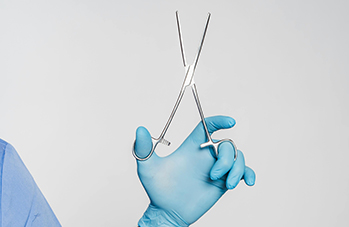Micro mirrors, tiny, movable components that can manipulate light with precision, are revolutionizing the field of medical diagnostics. These versatile devices are enabling the development of innovative technologies that offer faster, more accurate, and less invasive methods of detecting and diagnosing diseases.
How Micro Mirrors Work
Micro mirrors are typically made from silicon or other materials and can be controlled electronically. They can be used to direct light, focus it, or even create patterns. This versatility allows them to be integrated into a wide range of medical diagnostic tools.
Applications of Micro Mirrors in Medical Diagnostics
- Endoscopy: Micro mirrors can be used to create miniature cameras that can be inserted into the body through small incisions. This allows for minimally invasive procedures and improves patient comfort.
- Optical coherence tomography (OCT): OCT is a non-invasive imaging technique that can provide high-resolution images of tissues. Micro mirrors can be used to improve the speed and accuracy of OCT scans.
- Lab-on-a-chip devices: Micro mirrors can be used to manipulate fluids and cells on tiny chips, enabling rapid and efficient medical testing.
- Fluorescence microscopy: Micro mirrors can be used to improve the sensitivity and resolution of fluorescence microscopy, which is used to study cells and molecules.
Benefits of Micro Mirrors in Medical Diagnostics
- Increased accuracy: Micro mirrors can improve the accuracy of medical diagnostics by providing more precise measurements and images.
- Reduced invasiveness: Micro mirrors can be used to develop minimally invasive procedures, reducing patient discomfort and recovery time.
- Faster testing: Micro mirrors can enable faster medical testing, allowing for quicker diagnosis and treatment.
- Lower costs: Micro mirrors can help to reduce the cost of medical diagnostics by improving efficiency and reducing the need for expensive equipment.
As micro mirror technology continues to advance, we can expect to see even more innovative applications in medical diagnostics. These tiny devices have the potential to transform the way we detect and treat diseases, leading to better patient outcomes and improved healthcare.

